Let me first say, congratulations! At 39 weeks pregnant, you’ve got what is officially considered a full-term baby, you’re approximately eight months and three weeks pregnant. Next week you’ll reach your 9 months pregnant, and the due date. Only a week or two left to go! Hello to all my beautiful mommies-to-be. Today’s post is about your Normal 39 week baby ultrasound and pregnancy! We will be talking about pregnancy symptoms, fetal development, prenatal visit, and the Baby ultrasound.
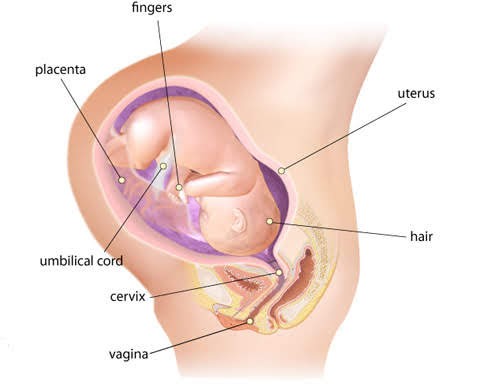
How Big Is Your Baby at 39 Weeks?
Your baby at 39 weeks will be as big as a Watermelon. The average 39-week fetus weighs about 7.0 to 7.3 lbs. or about 3100 grams, and measures about 35 centimeters long.
Share the post here!
Related posts:
Baby sleep training. The complete guide.
Baby essentials, checklist for the registry included.
Normal pregnancy symptoms at 39 weeks!
Your baby has finally reached full term! So you’re probably feeling like you want to have your baby already. Moms-to-be usually gets impatience at around 39 weeks pregnant, this might be nature’s way of getting you mentally ready and prepared for delivery.
Let’s take a look at the most common symptoms at 39 weeks.
Braxton Hicks contractions: Contractions are most likely getting frequent and stronger at 39 weeks. There’s one big difference between Braxton Hicks contractions and the real contractions, Braxton Hicks will definitely go away. Real contractions don’t, they just keep coming closer in time and stronger. Women who are 32 weeks or more pregnant with twins are at higher risk for preterm labor. So definitely watch for contractions that don’t go away and report to your doctor ASAP.
Mucus plug and/or bloody vaginal discharge: At 39 weeks pregnant, discharge that is as thick as mucus and sometimes has a tinge of blood in it, is more likely your mucus plug. And while many people consider this to be a sign you’ll go into labor very soon, for some women that’s not exactly the case.
Urge to nest: We all go through this uncontrollable desire of cleaning before the baby get’s home. Don’t go too crazy. Save some energy for the delivery day. Instead, try to start early to clean the house, wash baby clothes, organize, etc. and before delivery try to prepare for the postpartum stage, pamper yourself and REST. You’ll thank me later.
Aches and pains in the hips and pelvis: Your ligaments are loosening so that baby can get down to the pelvis and/or her way out of your uterus and into the world later on.
Backaches: As your belly gets bigger throughout the pregnancy, a hormone called Relaxin causes the joints in your pelvis to loosen up, to allow easier passage of your baby during delivery. Add to that, the weight of your growing uterus, and your balance gets thrown off as your center of gravity shifts forward. Therefore, your lower back curves more than usual to accommodate the load resulting in strained muscles, soreness, stiffness, and pain on your back.
What is happening to your baby at 39 weeks?
- Your baby’s skin has now finally changed from pink to white, no matter how dark-skinned she will be eventually. Skin Pigmentation is a process that occurs soon following birth. This process of changing your baby’s skin color is due to an increase in the fat deposit on top of the blood vessels.
- Baby’s probably able to flex his or her limbs by now.
- The brain is still rapidly developing, he or she’s getting smarter by the week.
- Nails may extend past the fingertips now.
- The lungs and all the rest of the vital organs are functioning and ready.
- Baby is gaining half an ounce of fat every day, which means that your baby might look beautiful and plump.
What to know about doctor visits?
At 39 weeks pregnant, there’s nothing left to do except seeing the doctor each week.
At these weekly appointments, your doctor will check that baby’s in a head-down position and to see if the head has moved down into the pelvic cavity. Also, you will be probably having a pelvic exam, where your cervix will be checked for dilation (opening) and effacement (thinning) both signs your body is readying for labor.
Unfortunately, there’s no “normal” when it comes to predicting labor based on dilation or effacement; if you’ve started, it could be hours or weeks. But even if you’re not dilated at all, you could still go into labor tomorrow.
At 39 weeks, knowing that you can go any day, you should be watching out for signs of labor.
- These include the rupture of the membranes (water breaking).
- Diarrhea or nausea (many women experience these types of digestive disturbances just before the onset of labor).
- Nesting instinct.
- The loss of the mucous plug (the “cork” of mucus that seals the opening of the uterus).
- Bloody vaginal discharge (your capillaries rupture from the dilation and effacement of your cervix, causing any discharge to appear pink or red-tinged).
- Regular contractions: If your belly’s tightening and has been repeatedly for some time, start timing the contractions. If they keep coming and the time between them keeps getting shorter, you’re in the beginning stage of labor. Just how long this stage lasts will vary from mom to mom, so keep your OB updated, and follow his directions for getting to the hospital by the time you progress into active labor.
If you’re 39 weeks pregnant, and no signs of labor have appeared yet, don’t worry! The average first-time moms go into labor naturally at 41 weeks, and a second-time mom tends to go at 40 weeks.
Inducing Labor naturally at 39 Weeks!
Things like Walking, having sex (having Orgasms), Squads and Dancing, can help your body to naturally go into labor.
For some women who are 39 weeks pregnant, the doctor might recommend a medical induction. Reasons for inducing labor include complications such as (preeclampsia, gestational diabetes, a heart condition), placental problems, and infection of the uterus.
At 39 weeks pregnant a Biophysical profile ultrasound and non-stress test might be ordered to check on your baby’s well being.
As part of the Biophysical profile, the baby‘s breathing, movement, muscle tone, heart rate, and amniotic fluid will be scored. In some cases, the result of the biophysical profile could make your doctor decide to deliver baby earlier than your due date.
This ultrasound will include.
Fetal position.
Placenta position.
Fetal heart Doppler.
Amniotic fluid index.
Rest of the biophysical profile testing which is checking Fetal breathing, movements and muscle tones.
More information about Biophysical profile, check this link here.
Normal 39 week baby ultrasound images.
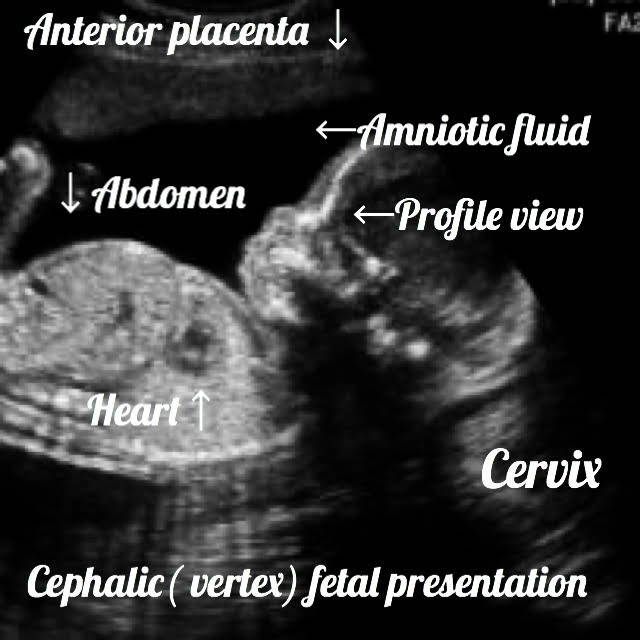



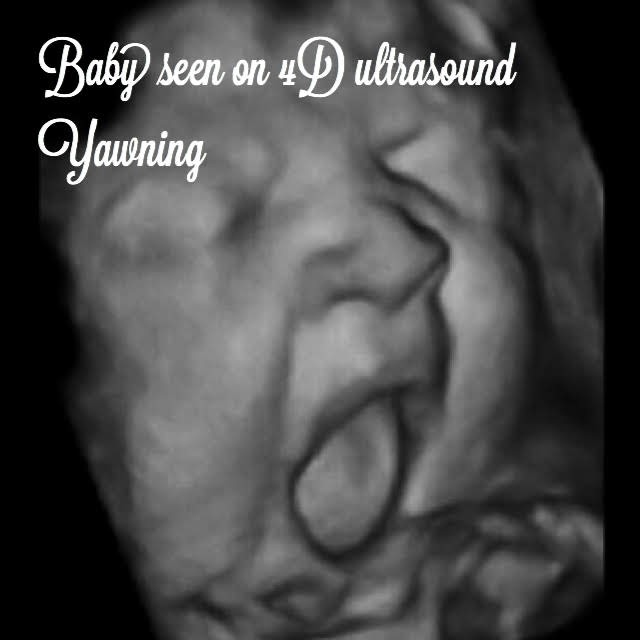
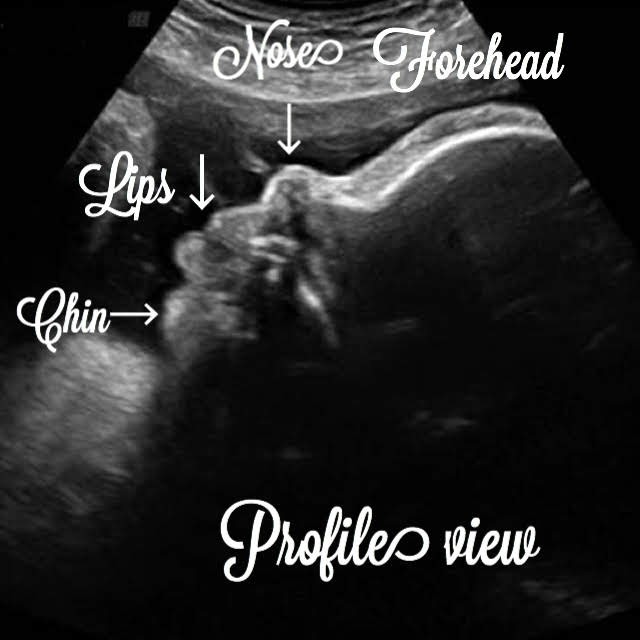
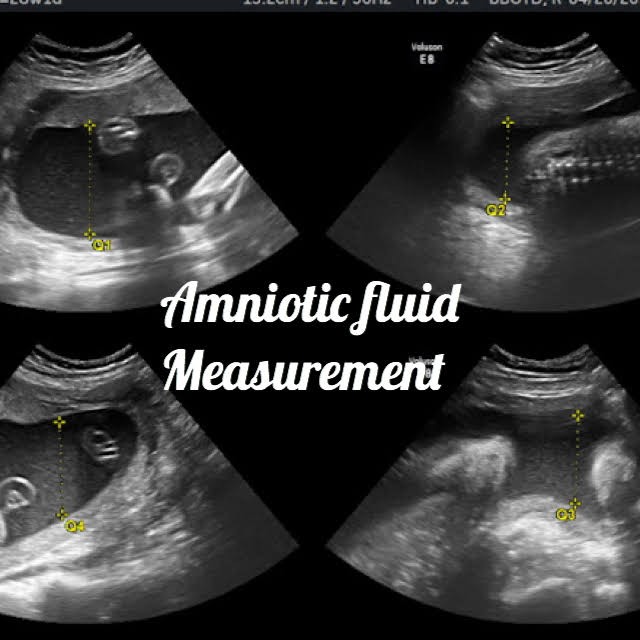
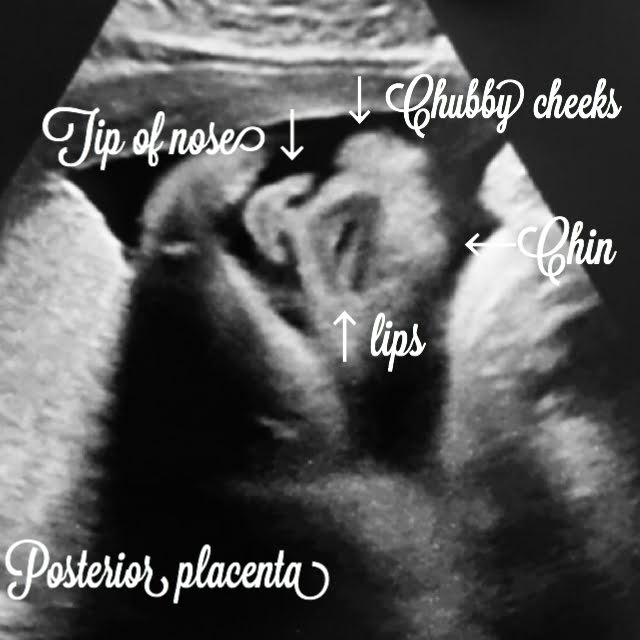


Keep in mind that all these images are sometimes not possible to achieve at 39 weeks, especially if your baby is down within your pelvis.
Tips for You This Week.
In this final weeks slow down, pamper yourself, rest as much as you can and have some quality time with your partner, things are about to change big time for you and him.
Make sure that you have Hospital bag ready to go and Nursery ready for the baby arrival.
Make sure that your doctor is aware of your labor birth plans, and that he knows the type of experience you want to have, however remember complications still can happen, and sometimes is important to listen to your doctor and trusting your instincts.
Conclusion.
Here you have the most important information about your 39-week Pregnancy. We talk today about your fetal development, Prenatal care (doctor visits) and Fetal Ultrasound at 39 weeks.
I hope this information was helpful to you. On my next post, I will be talking about your final week (40) of pregnancy.
If you like this post, keep sharing to other mommies.
An stay tuned for more helpful posts like this one, any questions feel free to comment below.
Zadi. xo
Disclaimer: Due to HIPPA regulations all patient information is protected on this site. The majority of the Ultrasound images are my own. The information provided on this blog is designed to be used for educational purposes and is made with the best of my knowledge. Therefore, this post is not intended to diagnose or treat any medical condition. For diagnosis or treatments consult your doctor. The author is not responsible or liable for any mistreated pathologies.











[…] Normal 39 weeks pregnancy and baby ultrasound, your complete guide. […]
[…] Normal 39 weeks pregnancy and baby ultrasound, your complete guide. […]